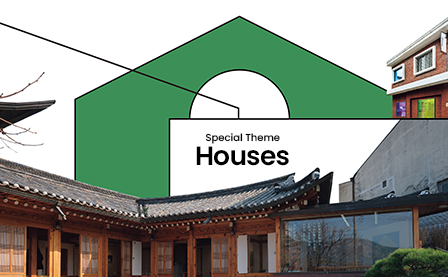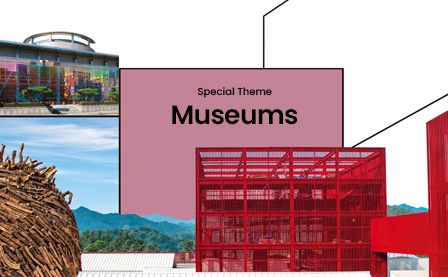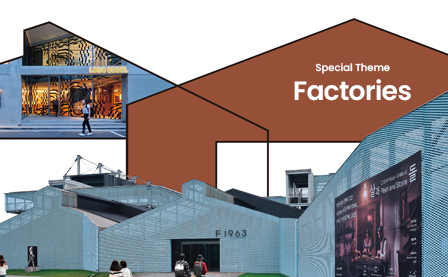March 2023

Local
Written by
Yu Pureum
Photographed by
Studio KENN
Marado Island:
Spring Begins Where Korea Ends
The arrival of spring in the southern part of Korea starts with blooming flowers, the disappearance of the winter wind and the slow melting of the frozen ground in the sun. Marado Island, which is located at the southernmost spot in Korea, is where spring arrives before anywhere else in the country. It is a 30-minute boat ride to Marado Island from Jeju Island. Upon arriving on the island, you are welcomed by warm sun rays and wind. The wind blowing on Jeju Island is still cold, but Marado Island’s winds are already filled with spring’s energy.
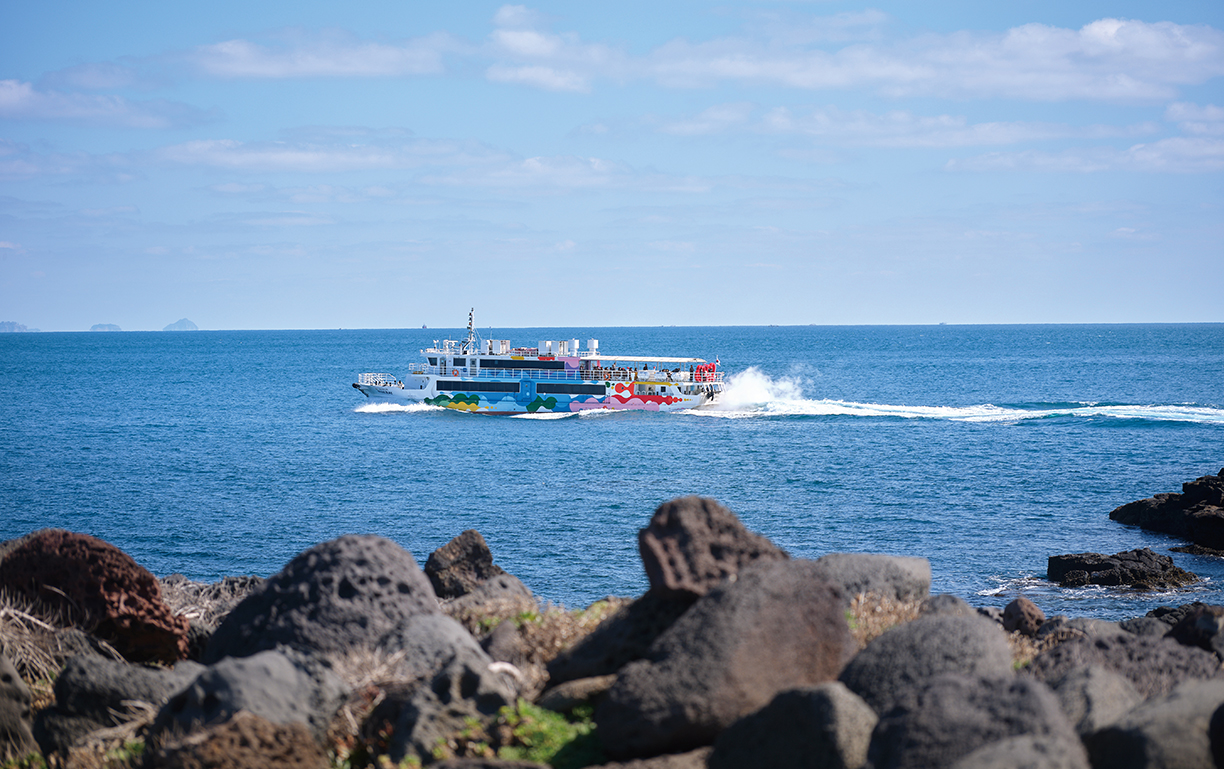
In March, you can already tell that spring has arrived. The fields slowly turn green, and low-growing wild flowers start to bloom here and there on the island.
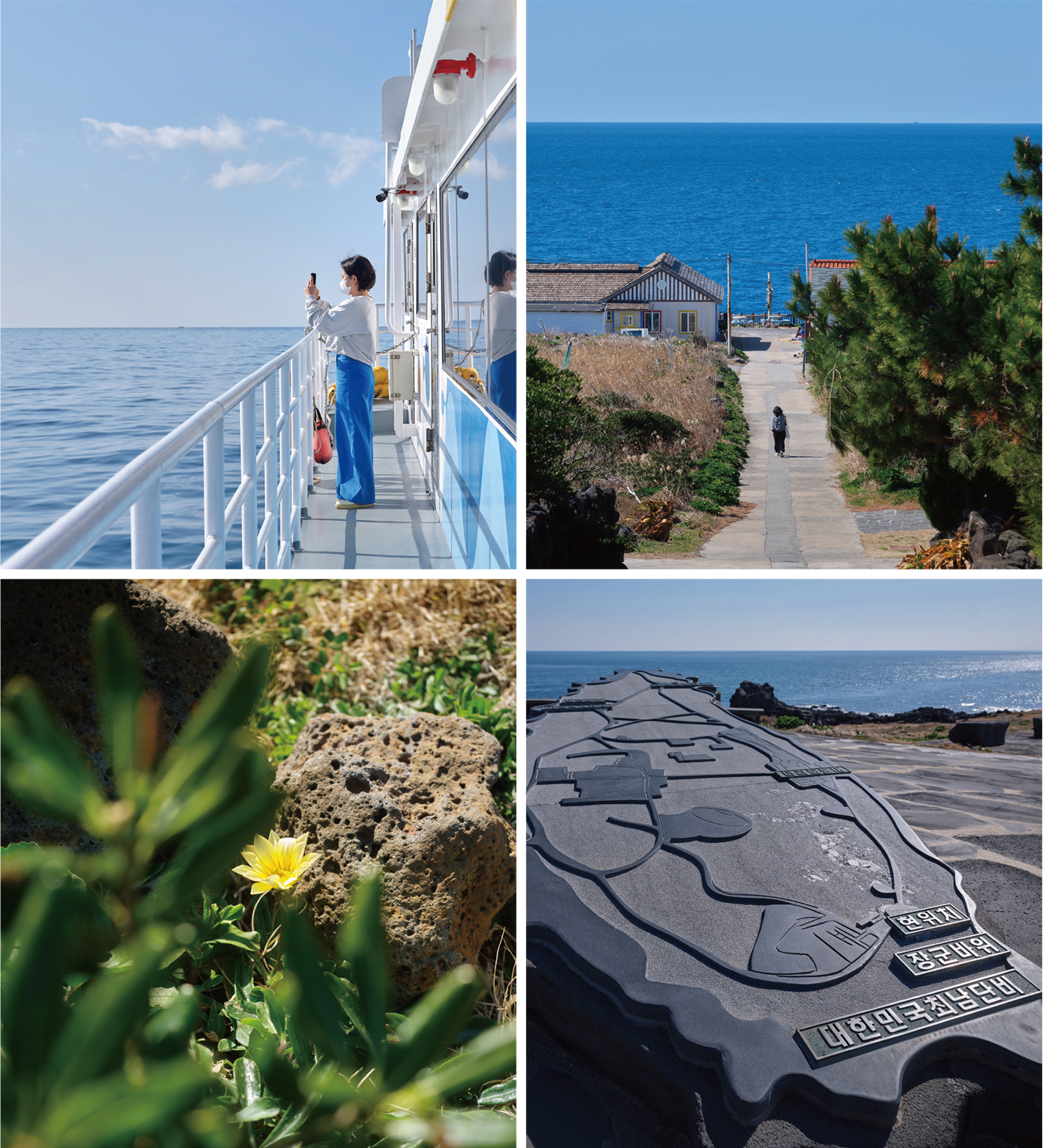
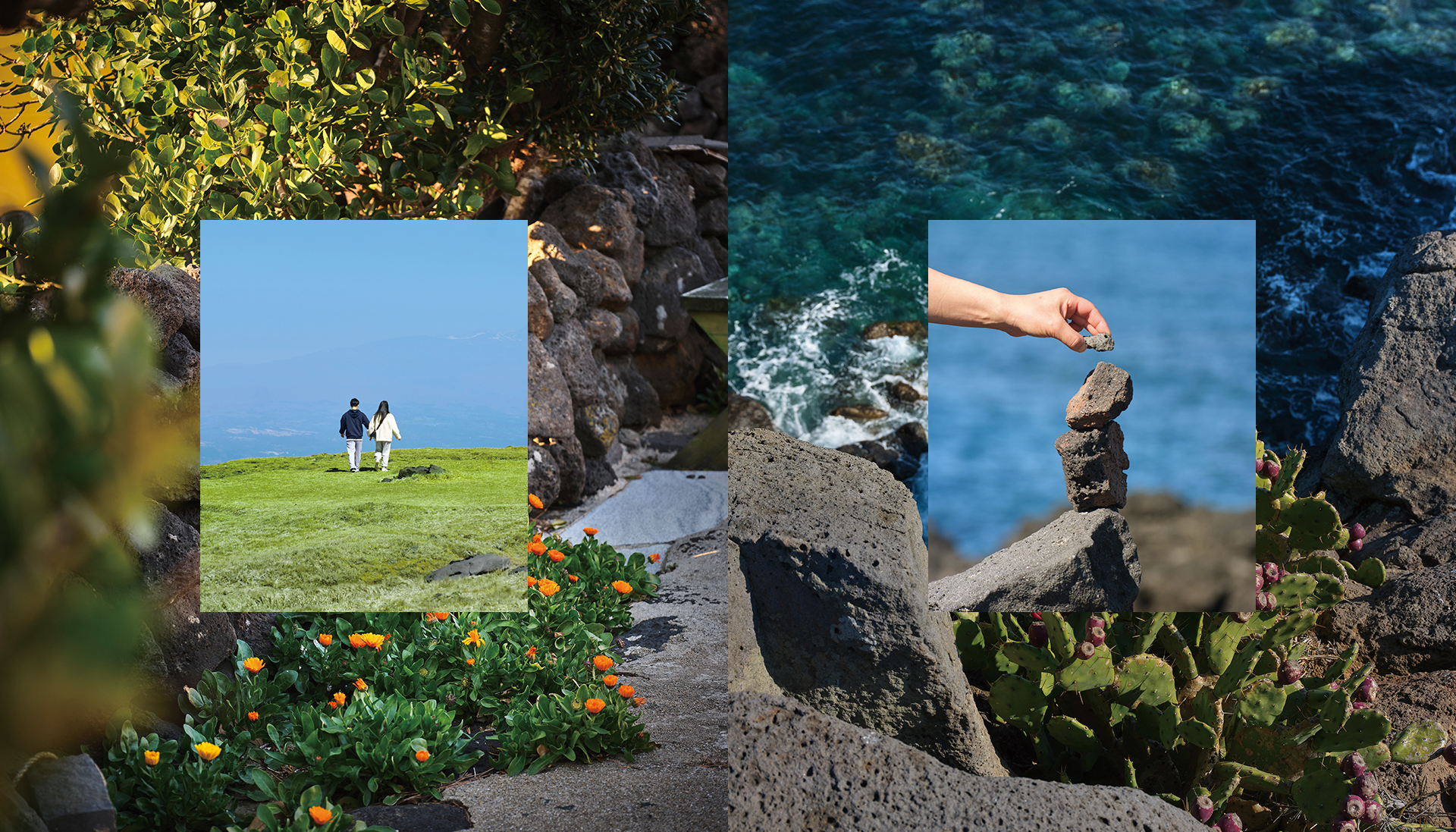
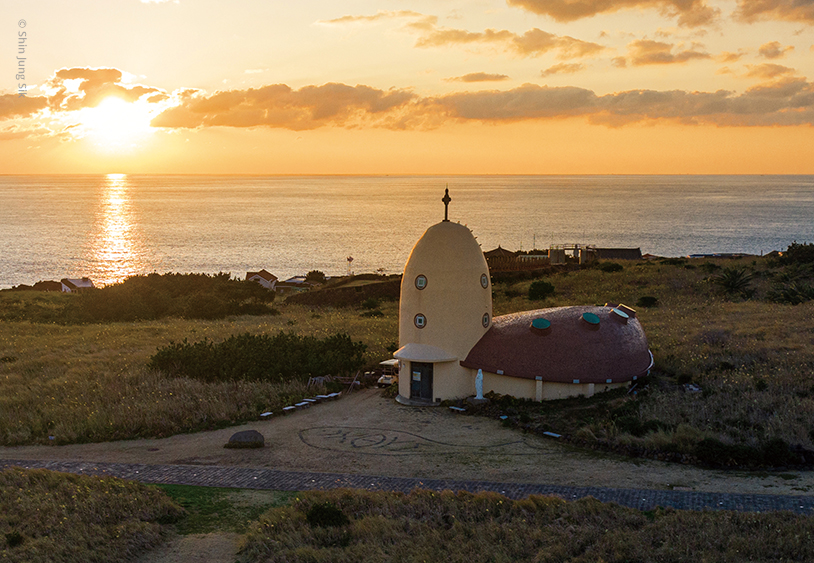
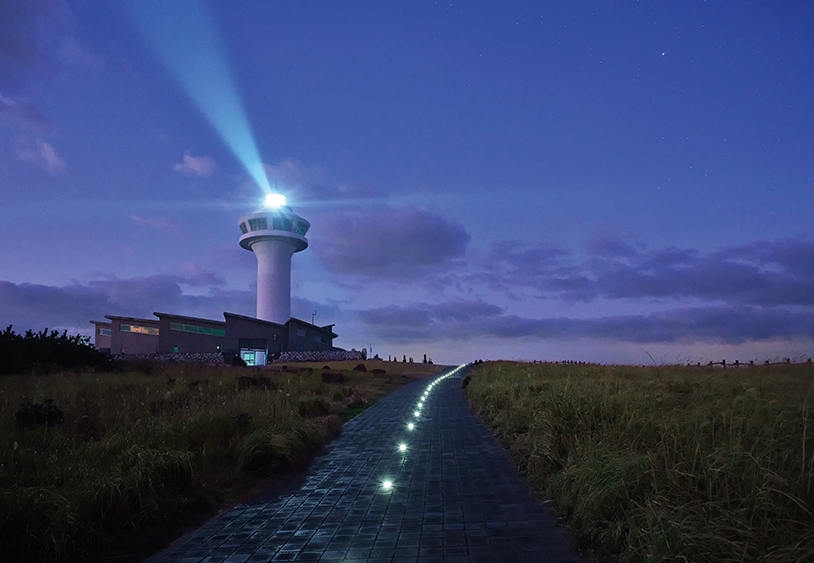
Marado Island is a quiet island with untouched natural beauty.
The island is surrounded by a wide open sea and copious amounts of stars high up in the nighttime sky.
You will feel that the nights are just as full of energy as the day when you gaze toward the lighthouse
with its light silently gleaming and listen to the wind and sound of the waves breaking the silence.
Local
Column
Untouched Nature
The island’s spring spirits signal the start of the season. There are more than 100 kinds of wild flowers on Marado Island. The flowers are low-growing because of the island’s strong winds, so, if you look closely, you can find them growing unassumingly in the gaps between rocks and the yellow grass. People’s speech slows down when they visit the island in the spring. Some tourists even try to take in the spring’s energy by just sitting on a bench.
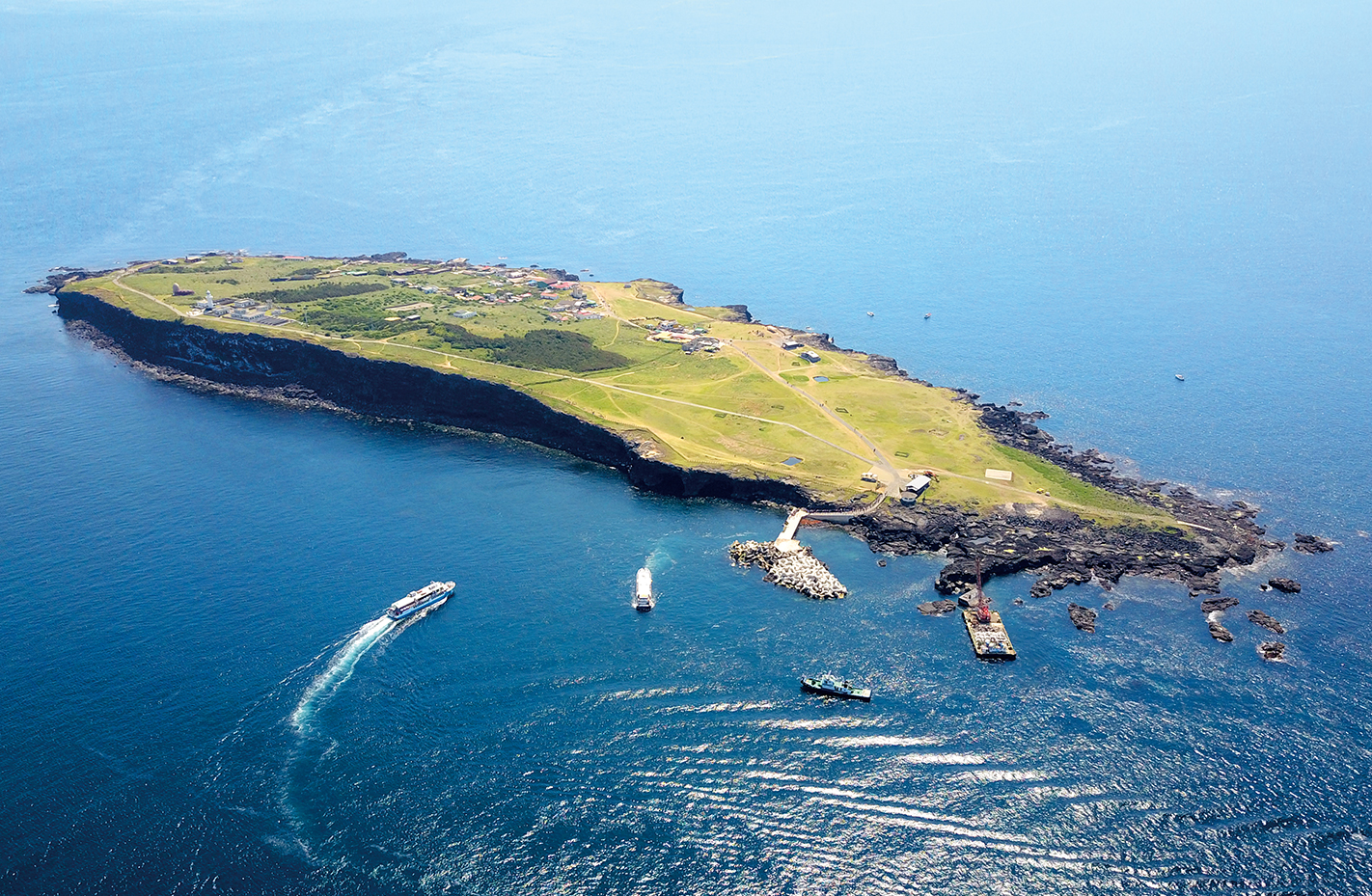 © Yonhap News
© Yonhap NewsNature’s Wildlife
Marado Island in the spring is a mecca for bird watchers. The island serves as a passage point for migratory birds. In the spring and fall, bird watchers with massive cameras come to the island to observe rare birds. Marado Island is a destination for a whole host of rare birds, including wood pigeons, which are considered a natural monument bird; Styan’s grasshopper warbler, a threatened species; the crested murrelet; yellow-breasted bunting; the blue rock thrush; gray thrush; hair-crested drongo; and the black-bellied cuckoo.
Marado Island’s most attractive feature is its wildlife. The island puts Mother Nature on full display. As a result, the island was designated “Marado Island Natural Reserve” in 2000, which means that no human being can add or take away anything from the island’s natural features. As such, there’s nothing man-made on the island. Everything there is made by nature, from the massive cliffs carved away by waves over generations, the colorful wild flowers, and the enclaves of cactuses growing in the gaps between rocks that give off an exotic flavor to the island, to the migratory birds that pass through the island every season.
Nighttime on Marado Island
Tourists generally stay on Marado Island for an average of one hour and 30 minutes. That’s just enough to eat a bowl of jajangmyeon (black bean noodles) and take a walk around the island. At 4 PM, the last boat of the day picks up the remaining tourists and takes them back to Jeju Island. The only people left are the island’s residents and the few fishermen who enjoy angling at night. Marado Island without tourists gives off a whole new vibe: It transforms from a tourist site to a place where people live.
Local residents gather together in small groups to chat after finishing their day’s work, and on days when there’s a good catch of fish, they invite each other to eat at their homes. The dogs that stretch out on the ground in sleep during the morning hours run around the island’s vast grasslands as if they own them. The restaurant selling jajangmyeon serves the remaining tourists dinners of fresh seafood caught off the coast of the island.
For tourists from urban areas, nighttime in Marado Island is as opulent as life in the city. They experience a view of nature that they could not have if they stayed in the city. After the sun goes down, the lighthouse built on the island’s highest point shines its light out to sea. You can experience an entrancing view of nature when you walk along the path lit up by the lighthouse. Out in the distance are the neon signs of Jeju Island sparkling off the darkened sea, and the nighttime sky is ablaze with the sparkle of many stars. On clear nights, you can even see the Canopus star in the night sky, a star not easily seen in Asia, a telling example of just how clear the sky can get on the island.
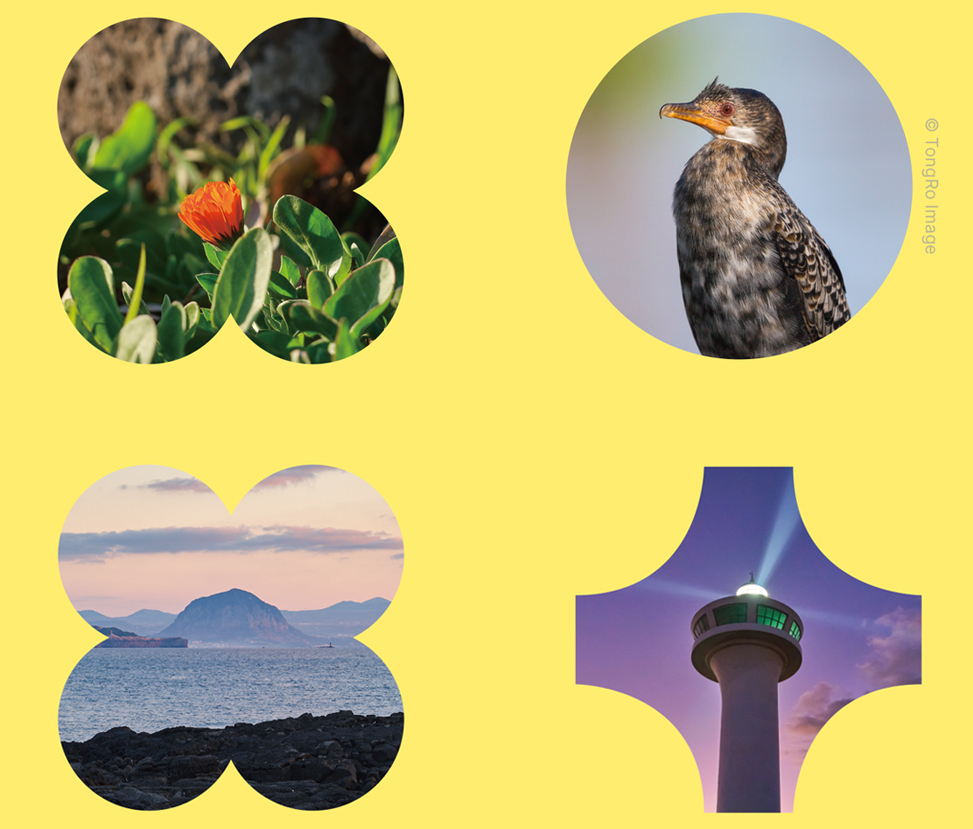
The Beginning and End Point
People have not lived on Marado Island for very long. Originally, the island was uninhabited and home to an old-growth forest. The strong winds and waves made it difficult for people to even approach the island. Then, in 1883, farmers from Jeju Island began cultivating the land on the island.
In 1994, a ferry service began on the island, turning it into a tourist spot. The island’s location at the southernmost spot in Korea was critical in turning it into a famous tourist destination. Tourists flock to the island out of curiosity to see both the end and start of Korea’s territory. That’s why you will find them competing with one another to take commemorative photographs near the monument stating the island is at the southernmost tip of Korea.
It doesn’t matter if you miss the opportunity to visit Marado Island in the spring. The island’s monument and its vast open sea will welcome you regardless of the season. We think that a visit to the island could even make it easier for you to achieve closure or start something new.
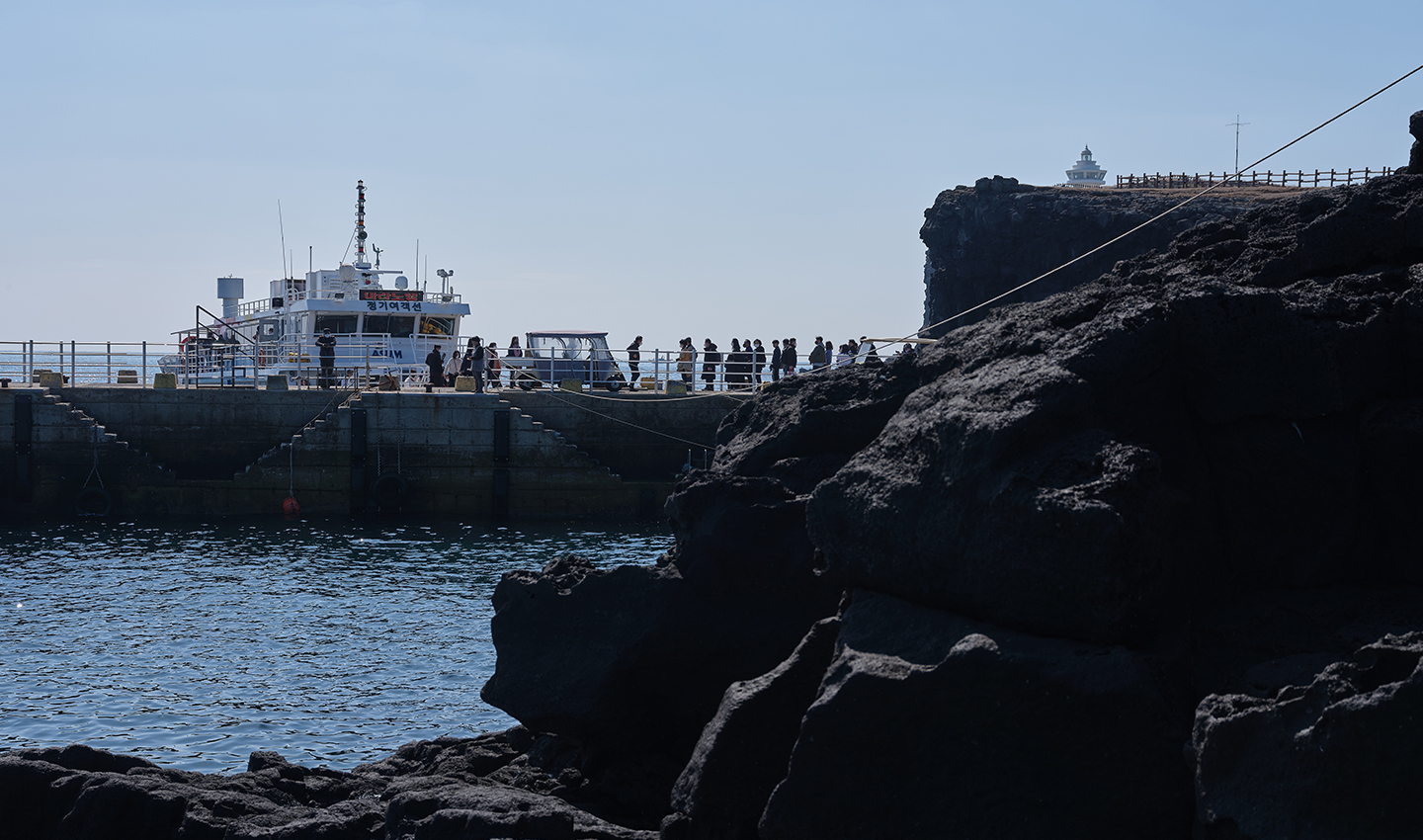
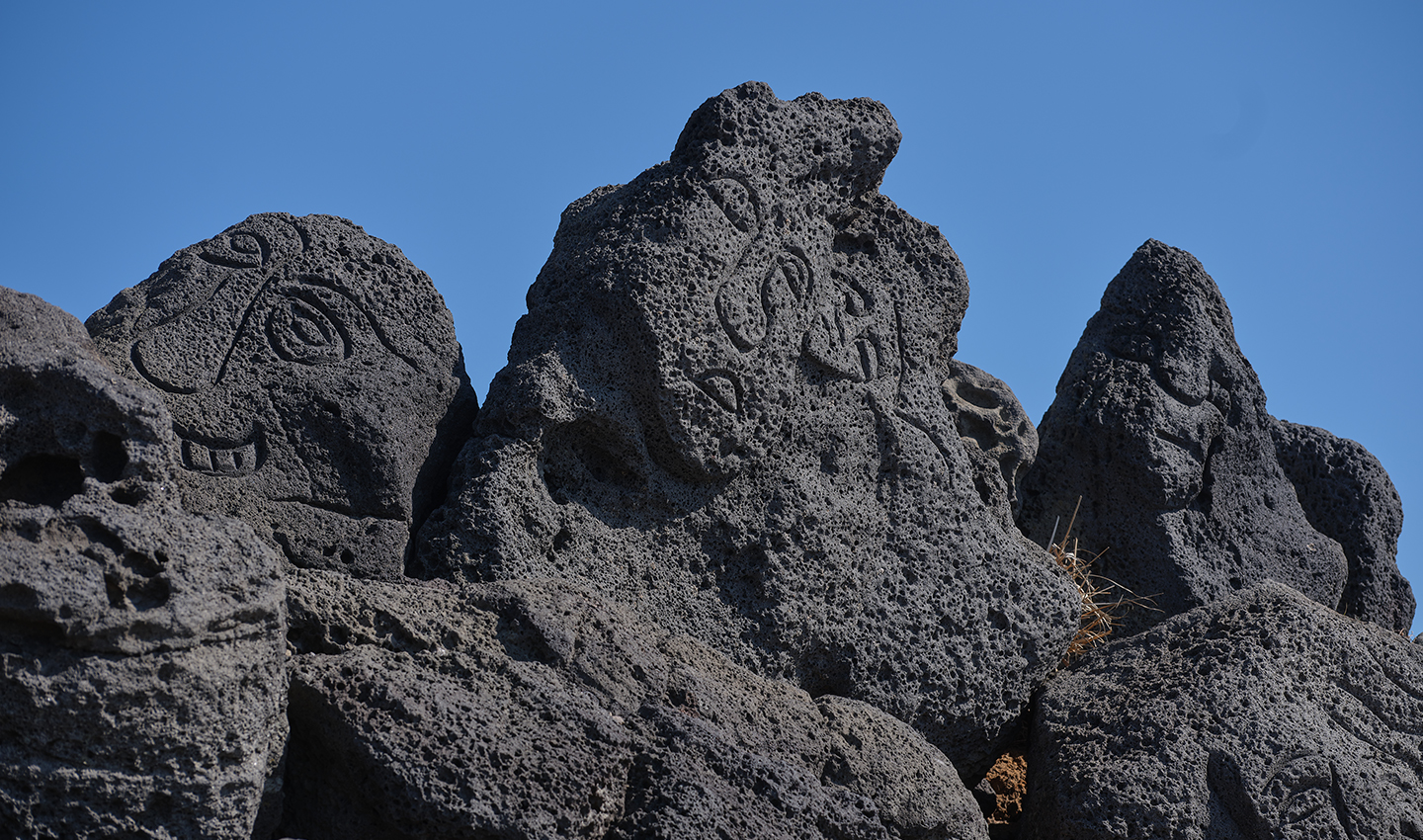
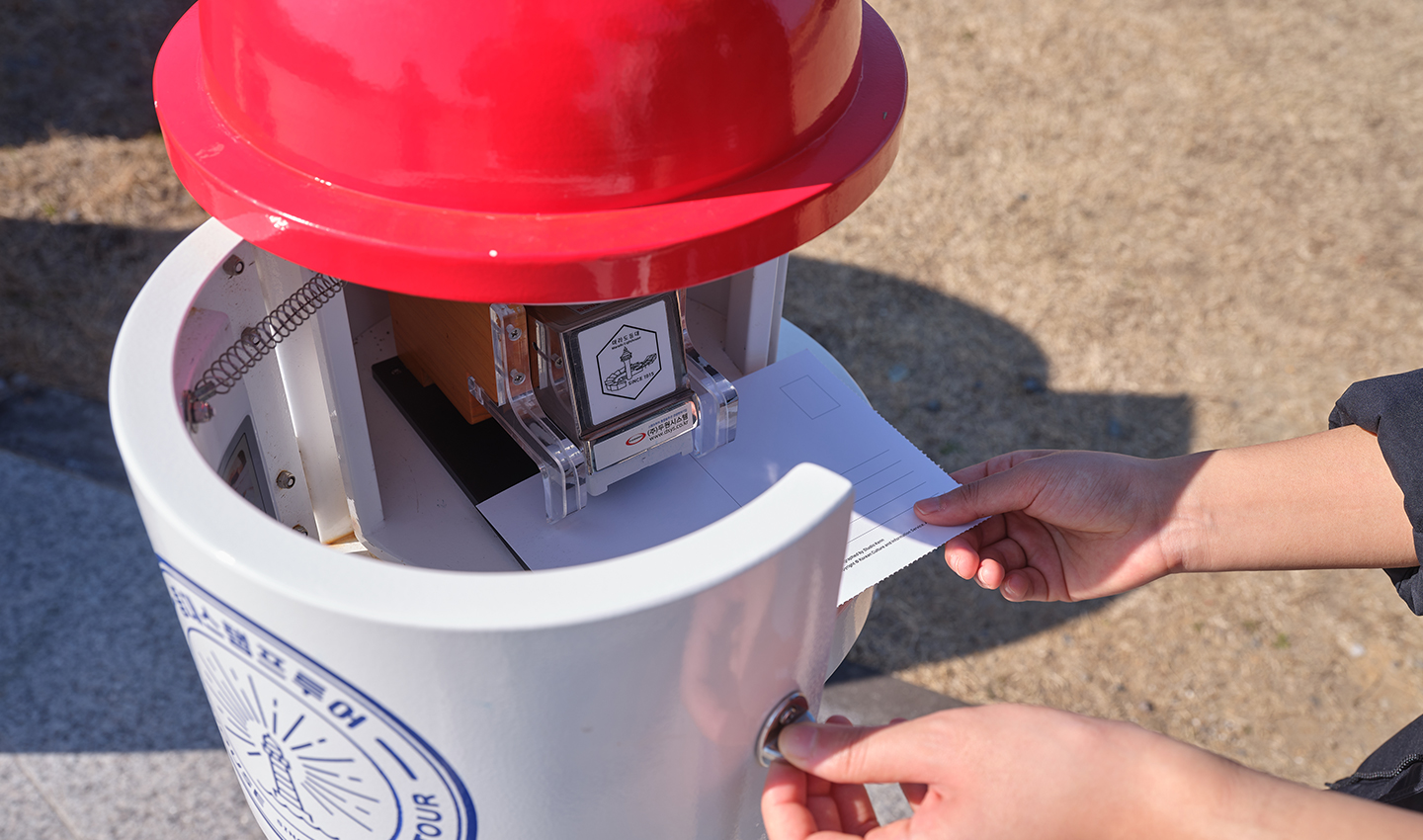
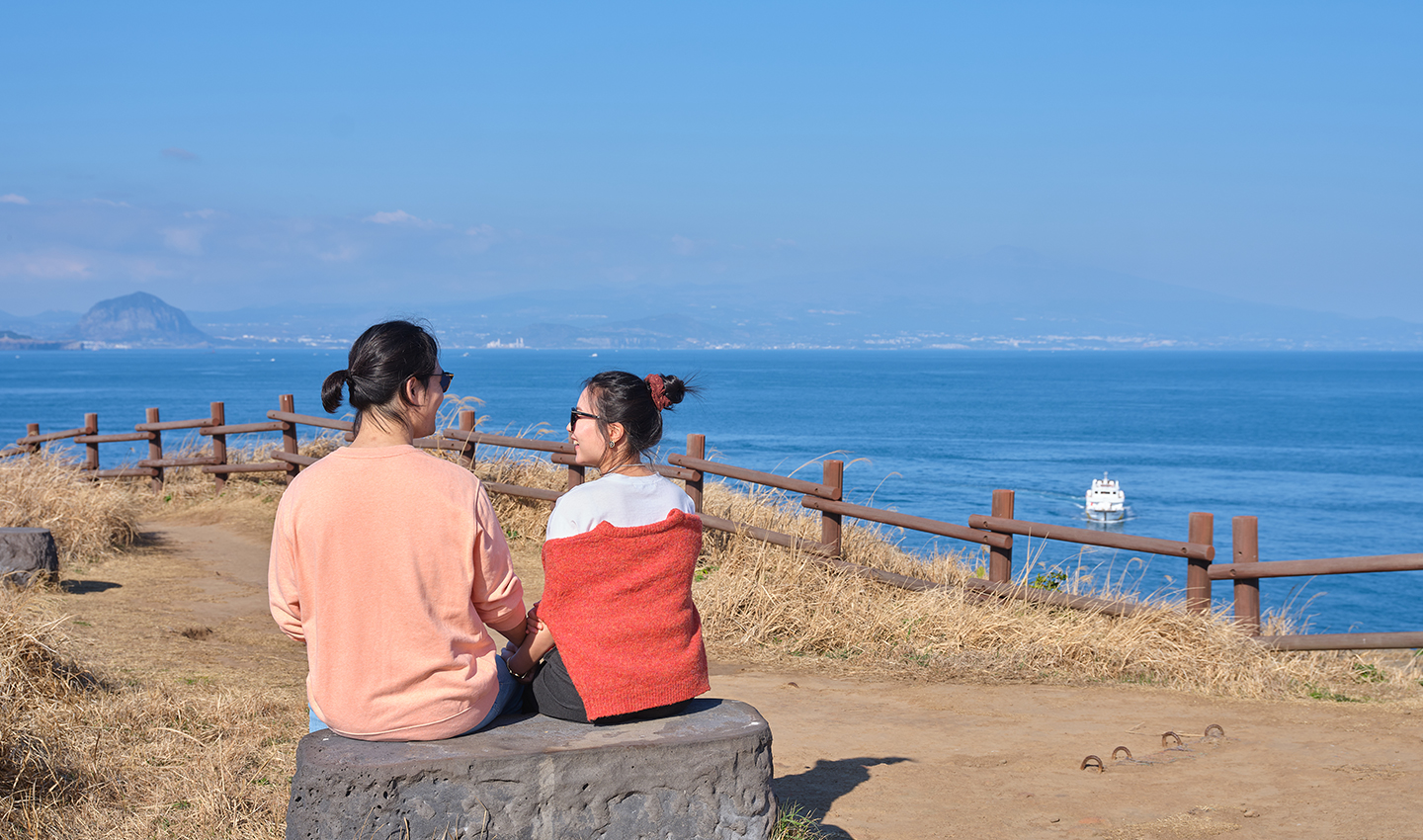
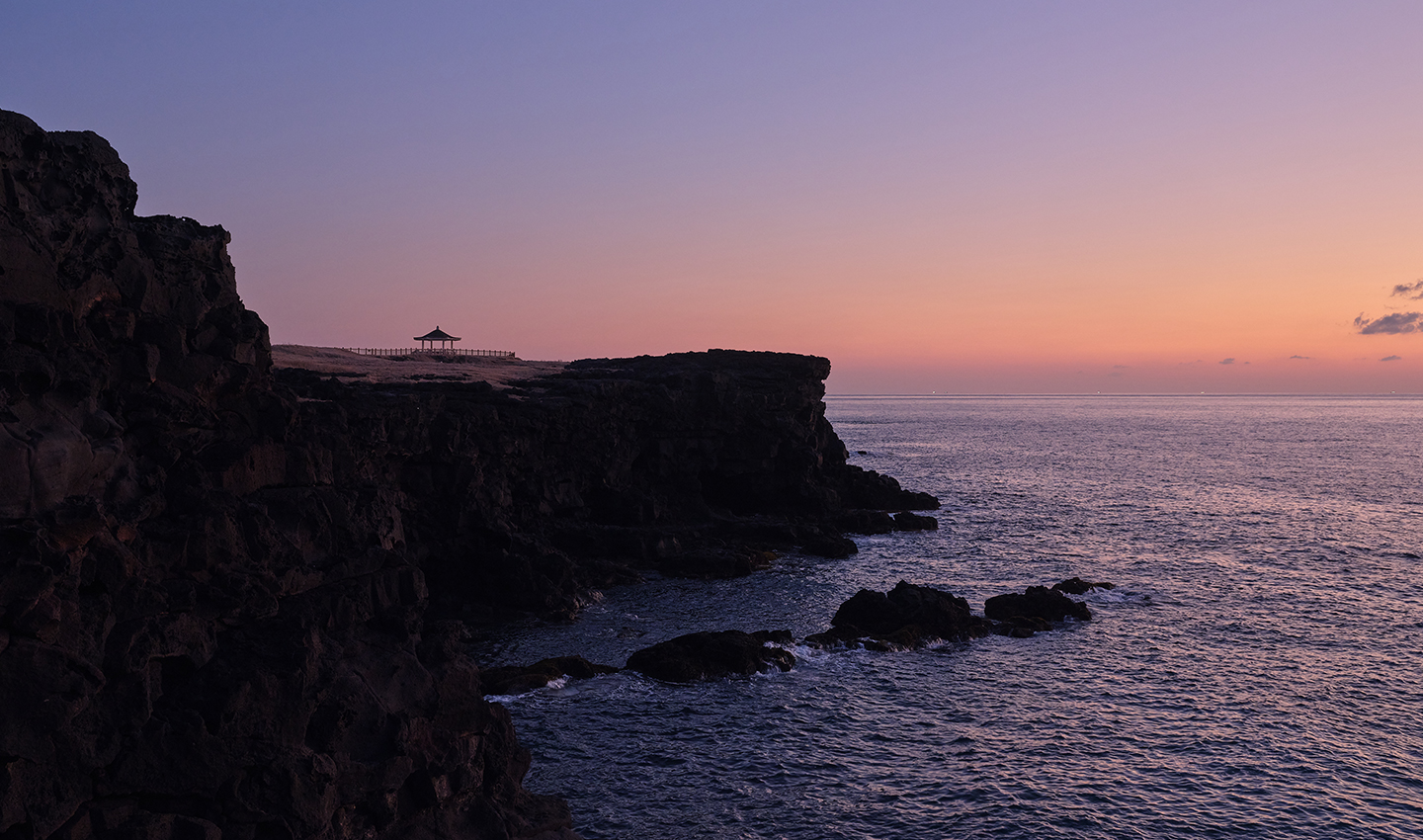
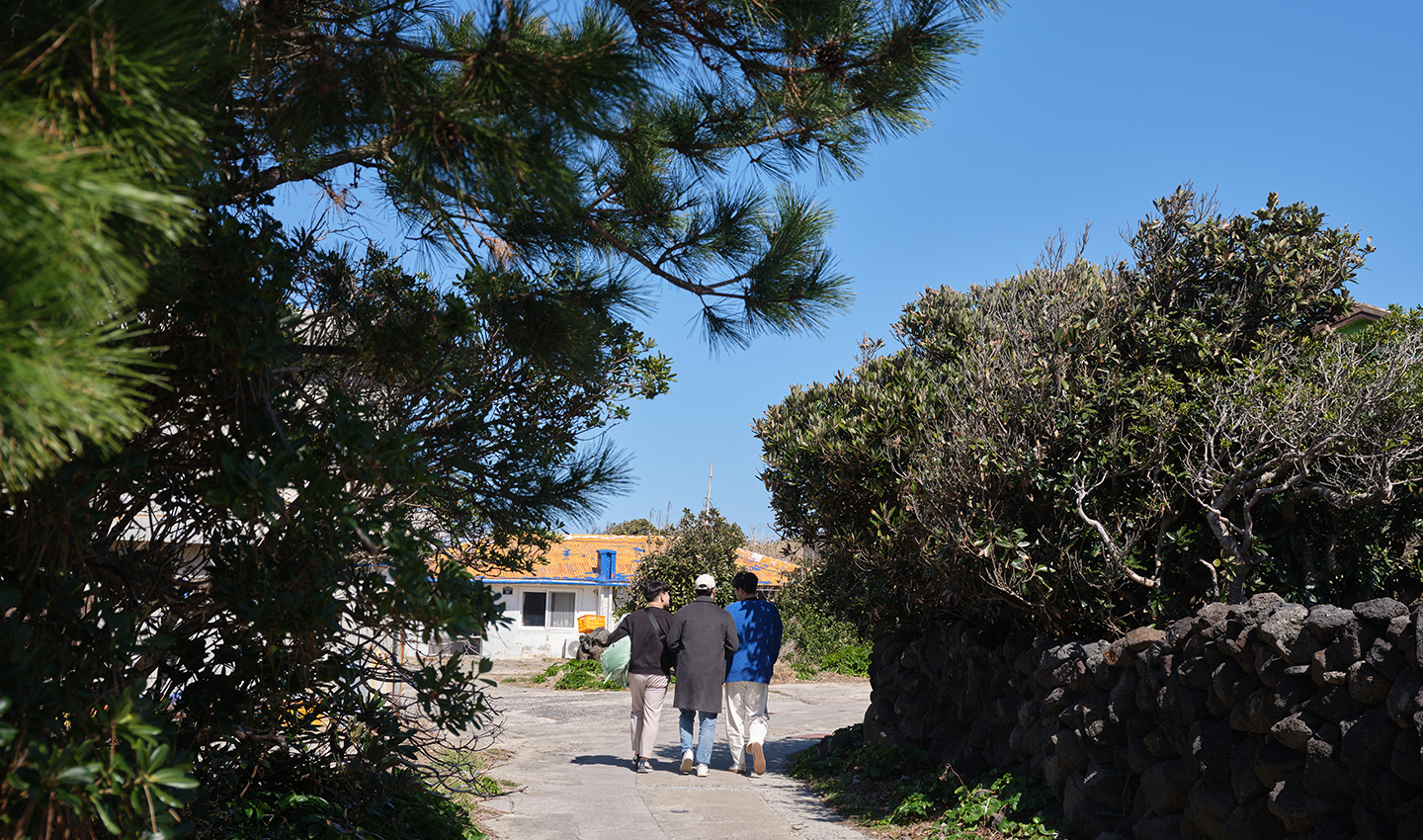
 View of all
View of all

